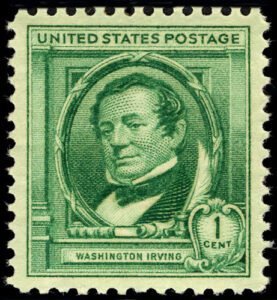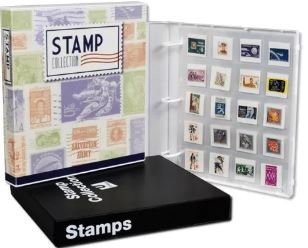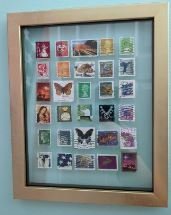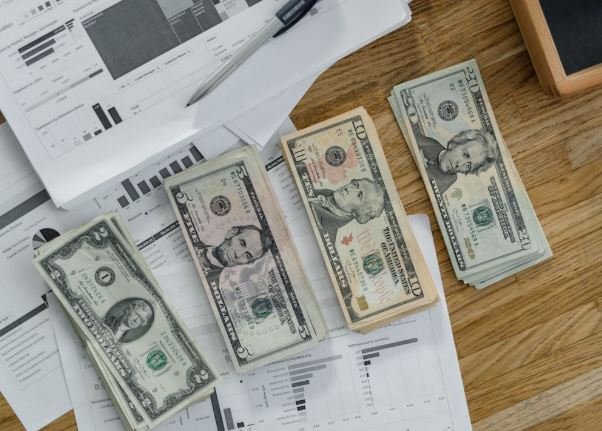Stamp collecting, or philately, is a fascinating hobby that not only allows individuals to explore history and art but also can be a lucrative investment. To get started or enhance your collection, understanding how to identify and value stamps is crucial. This article will serve as a comprehensive guide on stamp identification and valuation, incorporating key strategies and resources.
Stamp Identification and Valuation
Stamp Identification Guide
Identifying stamps involves several steps, and using a stamp identification guide can significantly simplify the process. Here are some essential factors to consider:
1. Physical Characteristics
- Size and Shape: Measure the dimensions of the stamp. Stamps can vary widely in size and some are uniquely shaped.
- Color: Observe the colors used. Some stamps come in various color shades, which can be important for identification.
- Perforations: Count the perforations on the edges of the stamp. This can help narrow down the possibilities.
- Printing Method: Identify if the stamp was produced through lithography, engraving, or other printing methods.
2. Country and Year of Issue
- Country: Look for inscriptions that indicate the issuing country. Often, this is prominently displayed on the stamp.
- Date: Many stamps include the year of issue. Researching historical data about stamps from different countries can help identify the era.
3. Cataloging Systems
- Scott Catalog: This is one of the most widely used catalogs for American stamps, offering extensive information on identification and valuation.
- Michel Catalog: This is popular in Europe and provides detailed descriptions and values for international stamps.
- Specialized Guides: For more niche collections, specialized guides focus on specific themes, countries, or types of stamps.
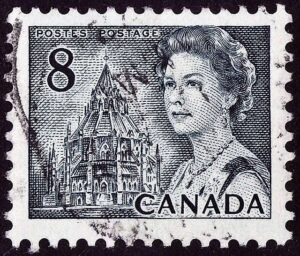
4. Resources and Tools
- Magnifying Glass: Using a magnifying glass can help reveal finer details such as watermarks or printing imperfections.
- Online Databases: Websites like StampWorld and the American Philatelic Society offer valuable resources for identifying stamps.
How to Value Stamps
Understanding how to value stamps requires knowledge of various factors that influence a stamp’s worth. Here’s a breakdown of the most important aspects:
1. Rarity
- The scarcity of a stamp significantly impacts its value. Limited editions, errors, and discontinued issues tend to be worth more.
2. Condition
- The physical condition of a stamp is critical. Stamps are graded based on quality, with terms like “mint,” “used,” “fine,” and “very fine” commonly employed. Stamps that are in pristine condition will generally fetch higher prices.
3. Market Demand
- The current market demand for specific stamps can fluctuate. Keeping an eye on auction results and collector trends will help you understand what collectors are currently interested in.
4. Historical Significance
- Stamps that commemorate important historical events or figures often have higher value due to their cultural importance.
5. Professional Appraisals
- For high-value stamps, consider seeking a professional appraisal. Certified appraisers can provide a detailed analysis and valuation based on current market conditions.
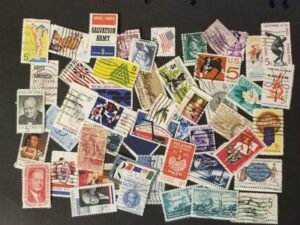
What Are My Stamps Worth?
If you’re asking “What are my stamps worth?”, follow these steps for a more accurate assessment:
1. Research Comparable Sales
- Look up recent auction results for stamps similar to yours. This can give you a baseline for understanding potential value.
2. Utilize Online Valuation Tools
- Websites like eBay or Delcampe allow you to see what similar stamps are selling for, giving you a realistic idea of your stamps’ market value.
3. Check Catalog Values
- Reference catalogs to find the listed value of your stamps. Keep in mind that catalog values can differ from actual market prices.
4. Join Collector Groups
- Engaging with stamp-collecting communities can provide insights and advice on valuation from experienced collectors and dealers.
5. Keep Documentation
- Maintain records of your stamps, including their identification, condition, and any appraisals. This information is crucial if you decide to sell or insure your collection.
Rare and valuable stamps
Rare and valuable stamps hold a unique allure for collectors and enthusiasts around the world. These tiny pieces of paper not only represent a method of communication but also encapsulate rich histories, artistic designs, and significant cultural moments. The fascination with rare and valuable stamps often stems from their limited availability, intriguing stories, and the thrill of the hunt involved in acquiring them. Read more.
Conclusion
Stamp identification and valuation are vital skills for anyone looking to dive into the world of philately. By utilizing a stamp identification guide, understanding how to value stamps, and exploring the question of what are my stamps worth, collectors can ensure they appreciate both the historical significance and potential financial value of their collections. Whether you are a novice collector or a seasoned philatelist, these insights will enhance your experience and appreciation for this timeless hobby.

